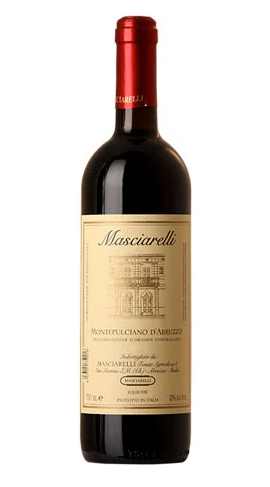
With a medium body, this wine has flavours of ripe cherries, accompanied by sweet spices and an enticing whisper of smoke.
Under Italian wine regulations, a Montepulciano d’Abruzzo wine must contain at least 85% Montepulciano with Sangiovese permitted to make up to 15% of the remaining blend. The wine is required to be aged for at least 5 months before being released.
This wine has been recommended by the Daily Mail and the 2020 vintage has its highest ever rating of 3.9 on Vivino.
Mass market Montepulciano d’Abruzzo is often disappointing but this the exception. My wife and I discovered this wine when we bought it from a wine shop in Naples, Italy. We almost randomly picked this one bottle out from what must have been hundreds of Italian wines. On drinking it on holiday and liking it, I looked it up only to be very surprised that it was available, at home, from Majestic. It’s one of the few wines that has been as good at home as it was on holiday.
Around £10 from Majestic.













